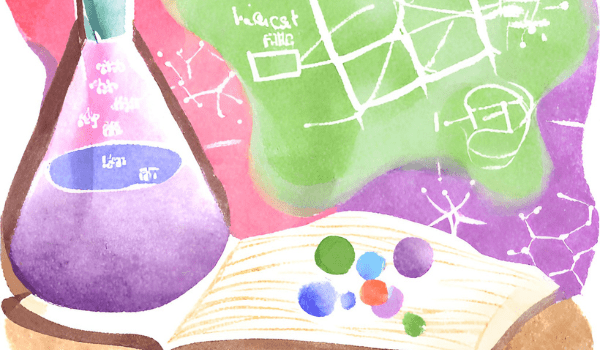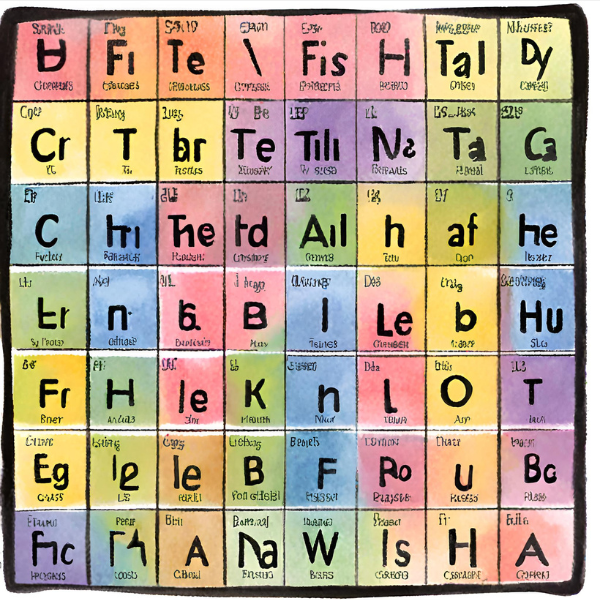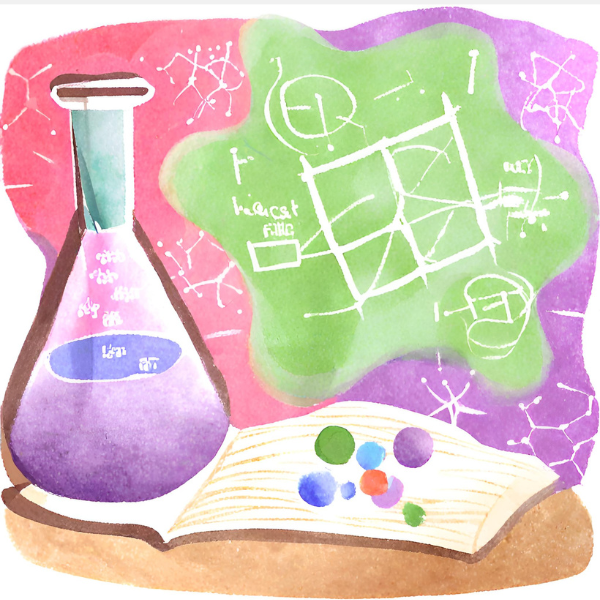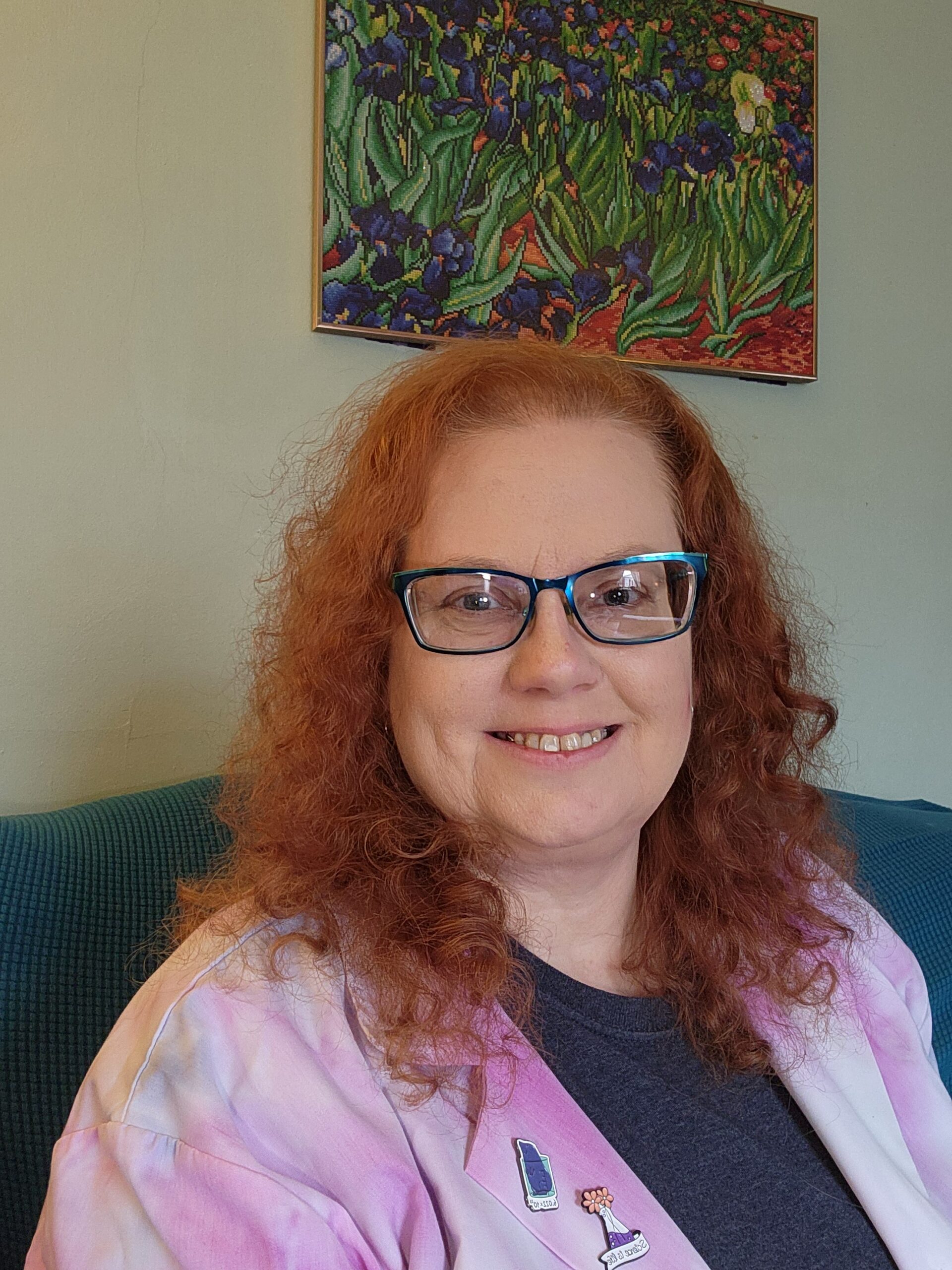
Sound Chemistry Pedagogy
Improve the student experience in the chemistry classroom
Gone are the days of “sage on the stage” teaching. Your kids need differentiated approaches. They need a variety of types of instruction. You have been to all the workshops about collaborative learning and cooperative learning. You know that students do best when they construct the knowledge themselves. So why are you still using the old, boring worksheets you have used forever? It seems a bit disconnected to use the best practices in how you provide instruction, yet revert to the class worksheets with 50 problems. Isn’t it time for a new approach? The kids will be more engaged if the examples are connected to the real world, or if the problems are built as a puzzle or a mystery. If you want to implement these sorts of things but don’t know where to start, you have landed in the right place.
Real World Connections – Students are more engaged when the material is connected to things they see in their everyday lives. Calculate moles from a cookie recipe, or the concentration of the active ingredient in sunscreen.
Kinesthetic Learning – Get the kids out of their seats and moving about the room with interactive chemistry games. Use task cards at stations around your classroom instead of the classic, boring, and bland worksheets
Solving Puzzles – Raise the stakes and increase the engagement with puzzle and mystery-style activities and interactive chemistry games. ‘Who dunnit’ style activities that use concepts like empirical formula or percent competition.






Over 30 years of teaching experience
I have been in the classroom teaching chemistry for 30 years. I earned a Ph.D. in chemistry at the University of Wisconsin-Madison and taught college chemistry for over 25 years.
A few years ago, I switched to the high school teaching world, and I see the need for hands-on chemistry pedagogy even more. Many students at that age do not perform well with standard lectures and classic experiments. Despite the students saying that they are ‘grown-ups,’ they love time to use scissors, tape, and markers. They like to express their creativity in conjunction with the material. It is possible to teach the standards, and prepare them for the next course, yet also have a fun, engaging classroom. And there is no need to overhaul everything at once.
